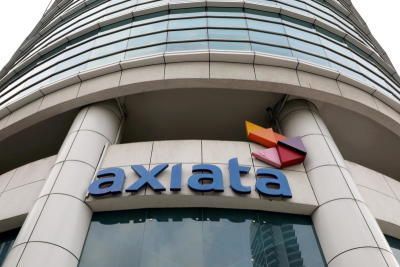KUALA LUMPUR: While experiencing setbacks from its decision to exit Nepal and Myanmar, Axiata Bhd said it registered a positive performance from continuing operations in FY23.
In a filing with Bursa Malaysia, the telco reported a net loss of RM1.99bil on the back of revenue of RM22bil in FY23, as compared to a net profit of RM9.75bil on revenue of RM20.02bil in FY22.
This represented a loss per share of 21.7 sen in FY23 against earnings per share of 106.3 sen in the previous year.
According to Axiata, the reported profit after tax and minority interest (Patami) was impacted by Ncell and Edotco Myanmar asset impairment, higher net finance cost and lower share of results of CelcomDigi Bhd relative to Celcom’s contribution as a subsidiary in the previous year.
The board of directors declared a dividend of five sen per share, which brings its total payout for the year to 10 sen per share.
In a review of its continuing operations, Axiata said in a statement that earnings before interest, tax, depreciation and amortisation (Ebitda) rose 11.7% to RM9.6bil, following the improved revenue contribution from all operating companies (Opcos) except Boost.
The group Patami recorded a loss of RM125mil due to significantly lower forex losses, offset by higher interest expense, which represented a 95.2% improvement over the previous year.
Group CEO and managing director Vivek Sood said the improved performance puts Axiata in a stronger position to accelerate its progress and deliver on its strategic priorities.
“It is encouraging to note that most of our digital telcos delivered one of their most profitable performances, while also gaining market share,” he said.
Chairman Tan Sri Shahril Ridza Ridzuan added that the group, while continuing towards the path of portfolio transformation, delivered solid results in 2023 in a challenging cost and operating environment
“Tough, decisive actions were taken to exit the deteriorating operating environments of Nepal and Myanmar in FY23. These decisions allow management to focus on assets that can create future value for shareholders.”
 BeritaKini.biz Berita Viral Terkini di Malaysia
BeritaKini.biz Berita Viral Terkini di Malaysia





